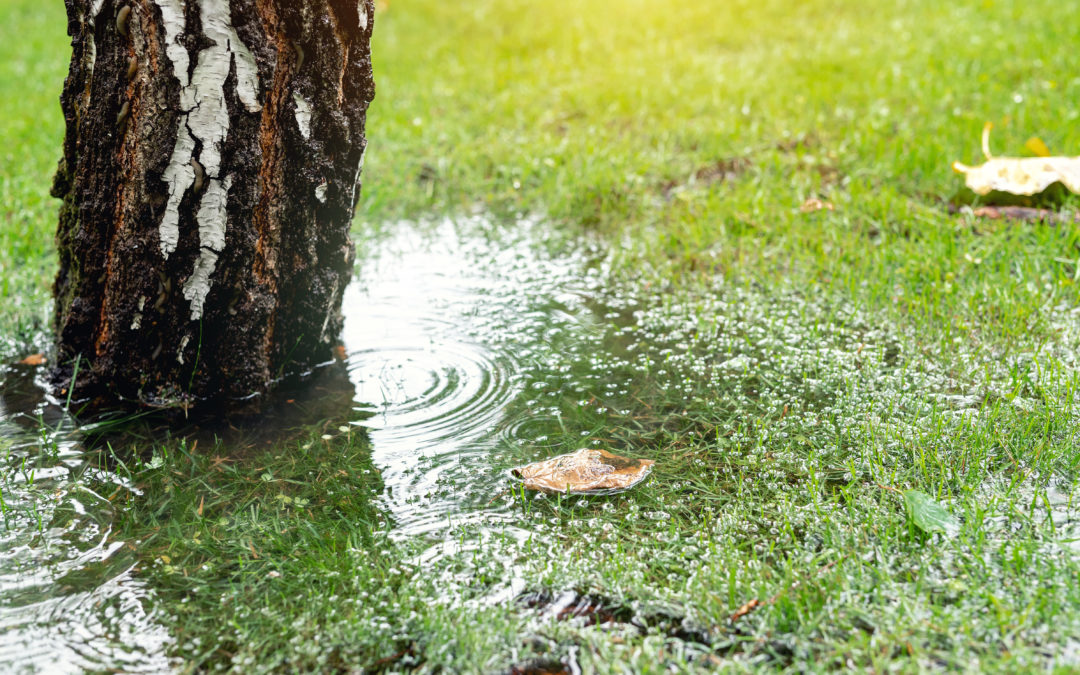Erosion is the removal of soil from the movement of water or wind. The water can be in the form of rain or melting snow or ice. Does it sound like a Mother Nature problem? Not quite. There’s a lot humans can do to help mitigate erosion. And there are a lot of reasons why we should.
Ecology professor David Pimentel from Cornell University explains, “Erosion is one of those problems that nickel-and-dimes you to death.” One tiny millimeter of soil washed away during a storm on a 2.5 acre lot results in the loss of 13 tons of topsoil. Wait, what?!? Erosion is a big problem and can have big consequences.
Erosion in Tennessee Cities
Erosion is due to a number of factors, including the proximity to major bodies of water, type of soil, and the topography (the forms, features, highs, and lows) of the area. In Tennessee, the western part of the state, including Memphis, experiences the highest levels of erosion. Silty soil, almost as fine as baby powder is easily eroded. And overflowing waterways from heavy storms cause running water to strip away soil. Middle Tennessee areas like Nashville and Murfreesboro are in the middle of the pack. Clarksville clocks in with the lowest levels of erosion.
Why Erosion Matters
Erosion can lead to issues in your yard and in your home. If you’re at the bottom of a hill, you’re potentially subject to uncontrolled water from higher ground, which could disturb your property and breach your house.
Flooded homes, damaged property, mold and mildew, and damaged driveways are just a few of the ways you could be directly impacted by erosion and flooding.
Preventing Erosion
You may not be able to prevent all erosion, but there are a few simple things you can do to help mitigate the loss of soil and flooding that could happen as a result of the erosion.
- Plant Natural Vegetation. Incorporating plants native to the area provides stability to the soil and soaks up excess water. Trees, shrubs, and spreading plants are best for reducing erosion. These can be particularly useful on slopes.
- Rain Garden. Adding a rain garden, rain barrel or rain basin gives the water a place to go instead of washing away the topsoil. Rain collected in a barrel or basin can be used later to water plants.
- Terrace / Retaining Walls. Adding retaining walls is a no-brainer. It literally retains the earth in place. Add terracing (steps cut into the soil on a slope) reducing rain from running downhill. A terraced garden with retaining walls is a beautiful way to reduce erosion. (Plus you don’t have to mow that hillside!)
Waterproof Your Home
While some erosion is inevitable and 500-year floods happen (we all remember May 2010), you can add a level of prevention with these simple steps. You can also protect your home and property through waterproofing your crawlspace or basement. Contact Columbia Crawlspace for a complimentary inspection and estimate to protect your home from encroaching water as a result of erosion. Contact us at 931-982-5310 or email us at info@crawlspacetenn.com.

Recent Comments